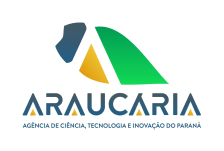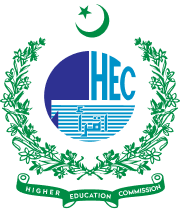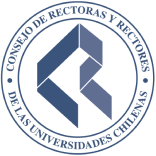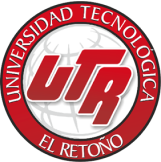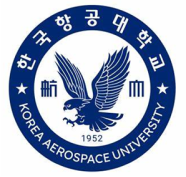Related projects
Discover more projects across a range of sectors and discipline — from AI to cleantech to social innovation.
In this project, we will explore the capability to produce meaningful amounts of electricity by thermoelectric generation from waste heat in industrial applications. We will derive theory to evaluate the capability of thermoelectric power generators and design and build simple thermoelectric generation devices to test the theory. We will compare metal and semiconductor thermoelectric materials.
The capabilities of thermoelectric generators to generate a voltage difference are governed by the Seebeck effect. Simply put, the larger the temperature difference, the larger the voltage difference. The material over which the temperature difference exists is a key control on the resulting voltage difference. Single devices may not be sufficient to derive large currents but linking many devices, especially if attached to process units that operate at high temperatures and have large waste heat losses, e.g. coking units in oil sands operations, may provide meaningful amounts of power at little cost (simply the cost of manufacturing the thermoelectric devices and wiring them together).
The student will conduct a detailed literature review on the subject, derive a theory for power generation, and construct a simple test apparatus to evaluate the theory.
Dr. Ian Gates
Ishank Arora
Engineering - chemical / biological
Alternative energy
University of Calgary
Globalink Research Internship
Discover more projects across a range of sectors and discipline — from AI to cleantech to social innovation.
Find the perfect opportunity to put your academic skills and knowledge into practice!
Find ProjectsThe strong support from governments across Canada, international partners, universities, colleges, companies, and community organizations has enabled Mitacs to focus on the core idea that talent and partnerships power innovation — and innovation creates a better future.



















































































































































































































































































